The United States of America, a country of diverse cultures, may seem like a place where you will find every food imaginable. Yet, not all cuisines and dishes are easily available in the United States.
From Scottish haggis to Mexican bologna, here’s a surprising range of delicacies you will not find in America. Let’s take a look at some of these foods that are elusive to Americans.
Kinder Surprise Eggs

Kids love Kinder Surprise Eggs – those chocolate shells hiding a toy inside. It’s like getting two treats in one. While they are a hit overseas, the FDA is not a fan. As per the Federal Food, Drug, and Cosmetic Act, the little toys are a choking hazard. So, do not be surprised when you don’t find those eggs in the supermarkets.
Bushmeat
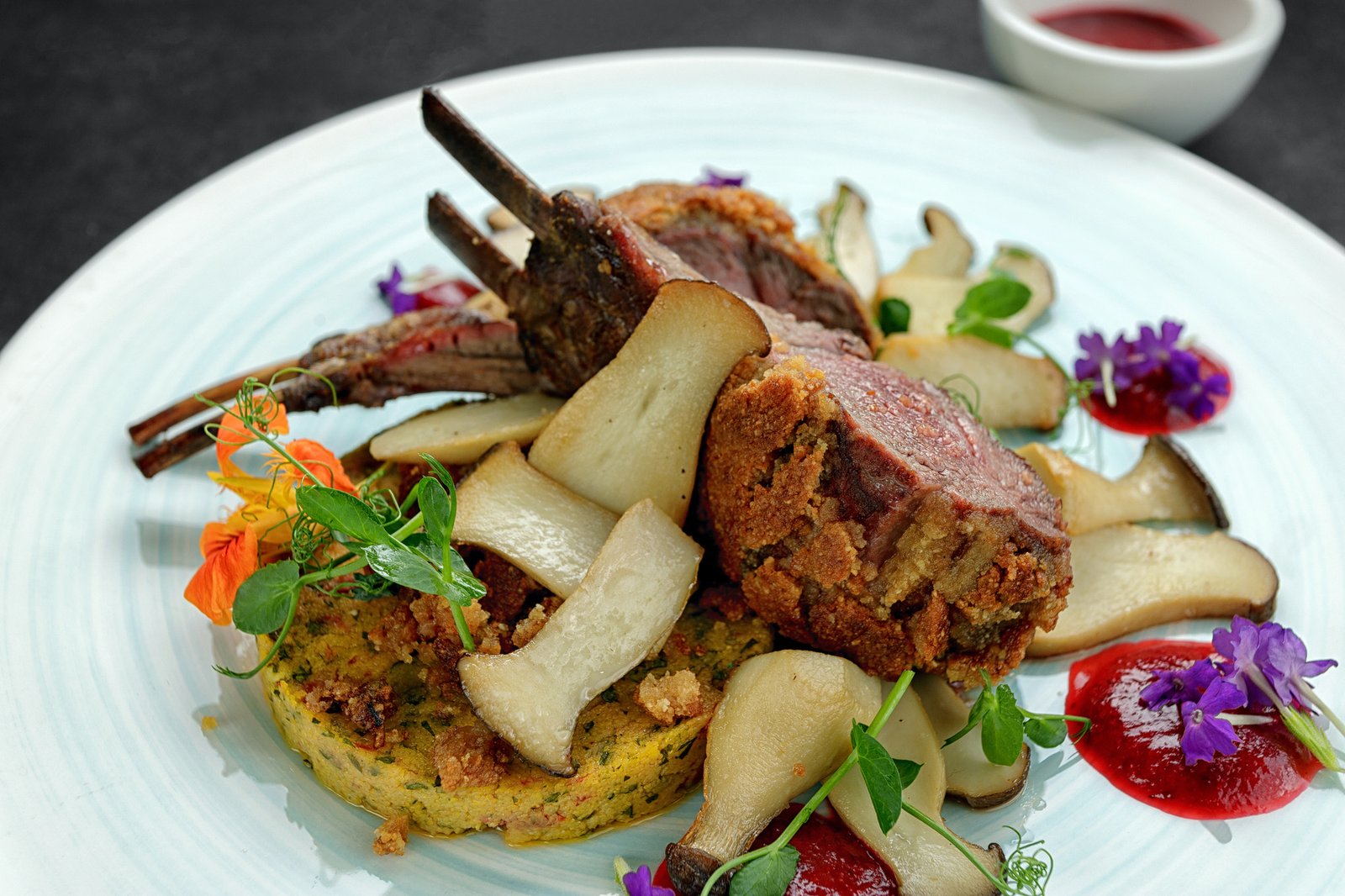
If you’re ever in the mood to have bushmeat in the United States, you’re going to be disappointed. That is because exotic meats like bushmeat have not passed strict inspections. Bushmeat, from animals like bats and monkeys, can carry dangerous diseases.
Bringing it into the country is forbidden. It is to protect against health risks as well as to preserve endangered species.
Thai Oyster Omelette
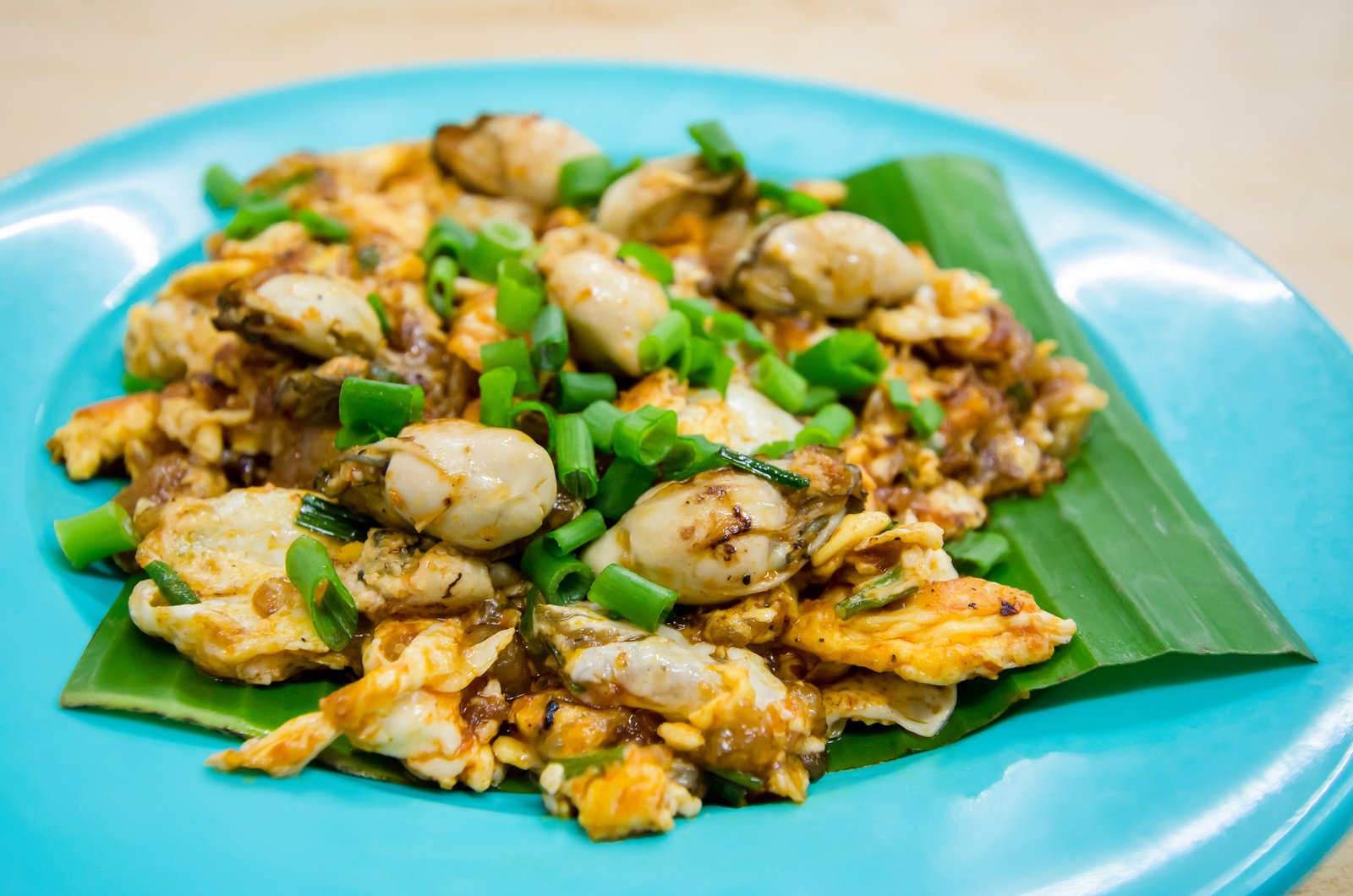
Hoi Thod, also known as Thai Oyster Omelette, is a crispy delight found in Bangkok’s Chinatown. It’s an omelet topped with oysters for a burst of flavor.
Despite its popularity in Bangkok, Hoi Thod is rare in the United States. Its flavors and unique ingredients make it challenging to replicate outside of Thailand.
Fresh Ackee
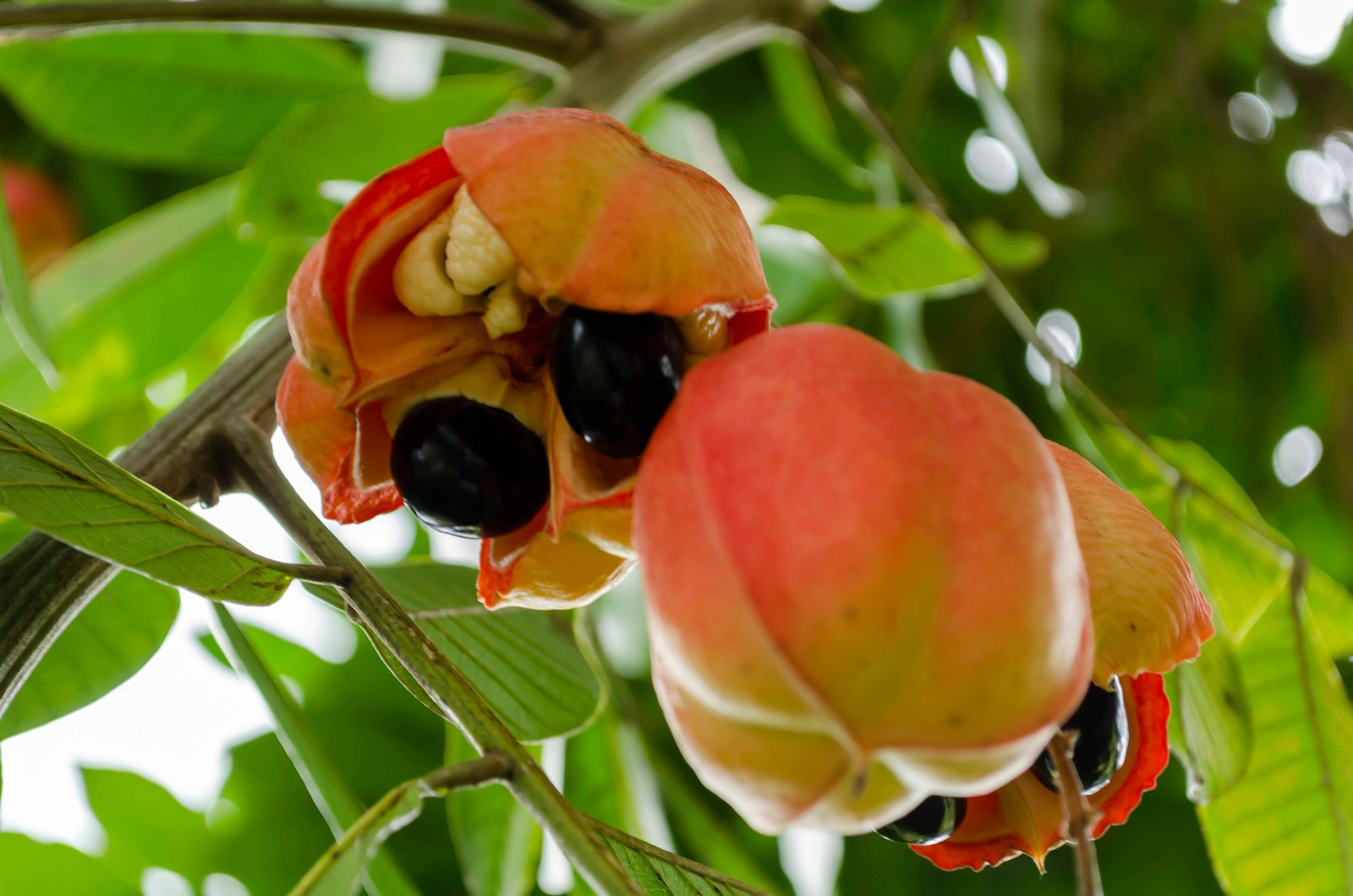
In Jamaica, you’ll come across a famous dish called salt cod and ackee. It is made with rehydrated salt cod and boiled ackee, a fruit from West Africa. This flavorful sauté has the nuttiness of ackee with savory fish, peppers, and garlic.
Yet, fresh ackee can be poisonous if not ripe properly. Due to this risk, the FDA has banned fresh ackee in the United States, but canned ackee is still available.
Edible Bird’s Nests

Bird’s nest soup, made from the nests of swiftlets, is a luxury dish in traditional Chinese cuisine. The nests, composed of solidified bird saliva, are known for their unique texture and health benefits.
Importing edible bird nests into the United States through a strict permitting process is possible. However, bringing them back from overseas without proper vetting can lead to confiscation. It is due to health concerns like avian flu.
Casu Marzu Cheese
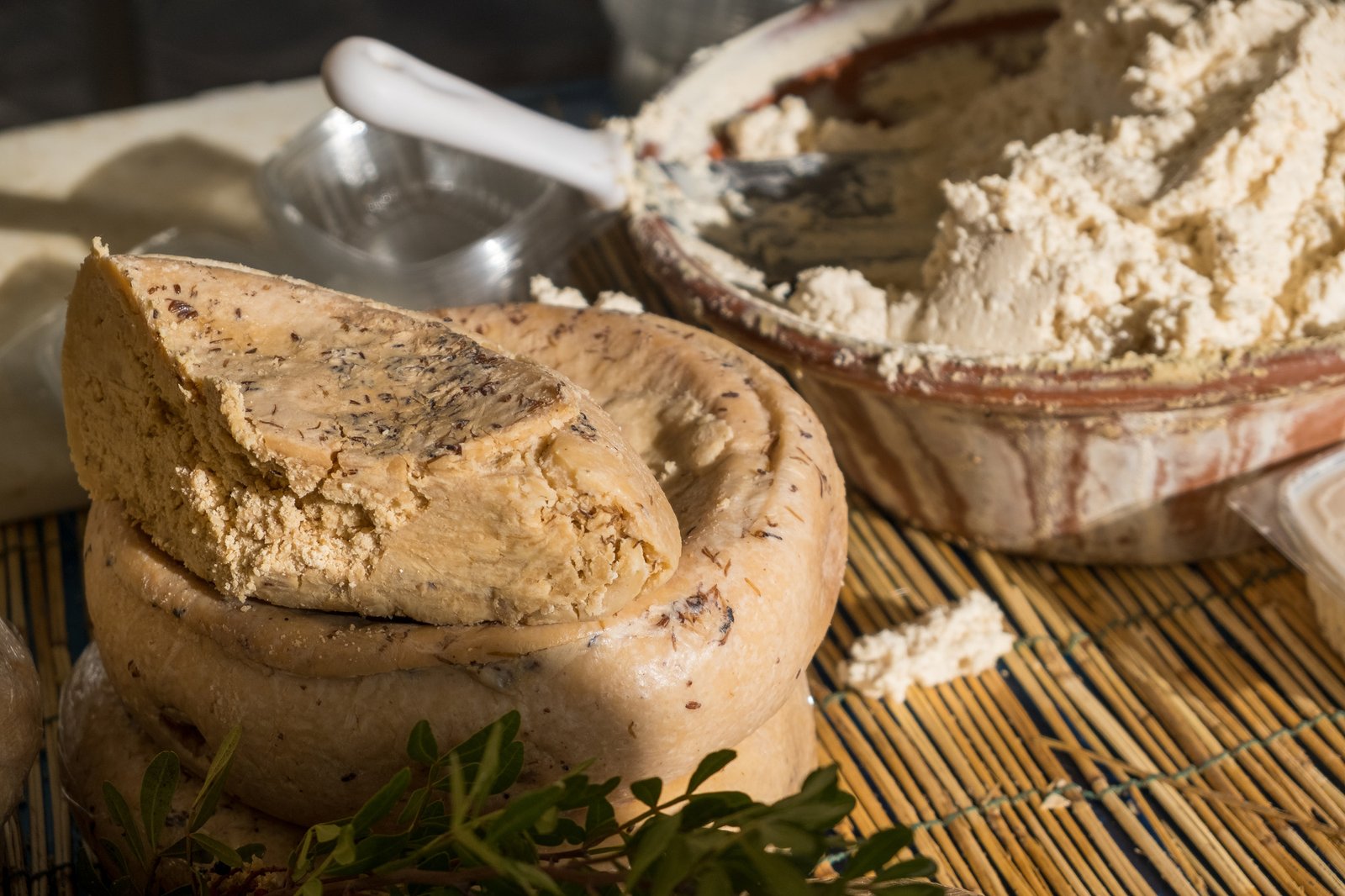
Cheese-making involves various critters, such as yeast, bacteria, and mold, thus influencing the taste. For example, Brie and Camembert get their aroma from the yeast Geotrichum candidum. In Sardinia, casu marzu cheese is made with maggots.
Cheesemakers introduce fly eggs into pecorino sardo. Fermentation gives it a unique flavor as maggots eat through it. Despite its popularity in Sardinia, it is not easily available in the United States for obvious reasons.
Mexican Bologna

Mexican bologna is a staple in Mexican households. However, you won’t find it in the United States. This is due to the risk of introducing animal diseases. Despite this, there have been instances of attempting to bring it across the border. Border patrol have seized large quantities hidden in cars.
Shark Fins

Shark fins are a part of traditional Chinese cuisine. However, the process of obtaining shark fins involves cruelty to sharks. They are often captured, finned, and then thrown back into the water to die. Concerns about shark conservation and mercury levels in the fins led to prohibiting shark fin sales in several states.
Haggis
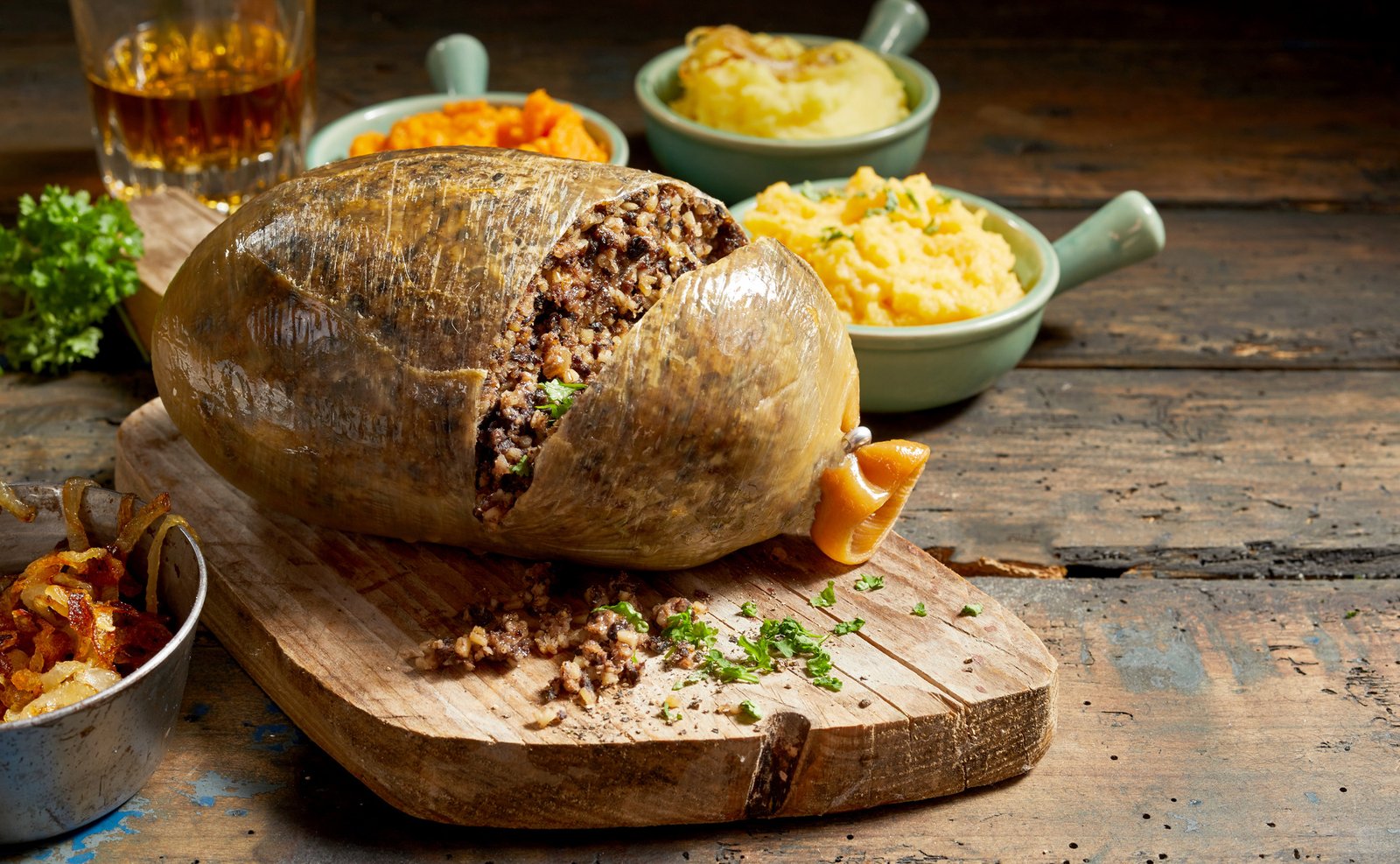
Haggis is Scotland’s national dish. It is a blend of sheep liver, heart, and lungs mixed with oatmeal and spices cooked inside a sheep’s stomach. Served with mashed potatoes and turnips, haggis is a staple on January 25 to honor poet Robert Burns.
However, you won’t find it on American tables. The import of haggis is prohibited due to safety concerns over livestock lungs. Critics argue the ban is unnecessary, but it remains in place.
Different types of Rice
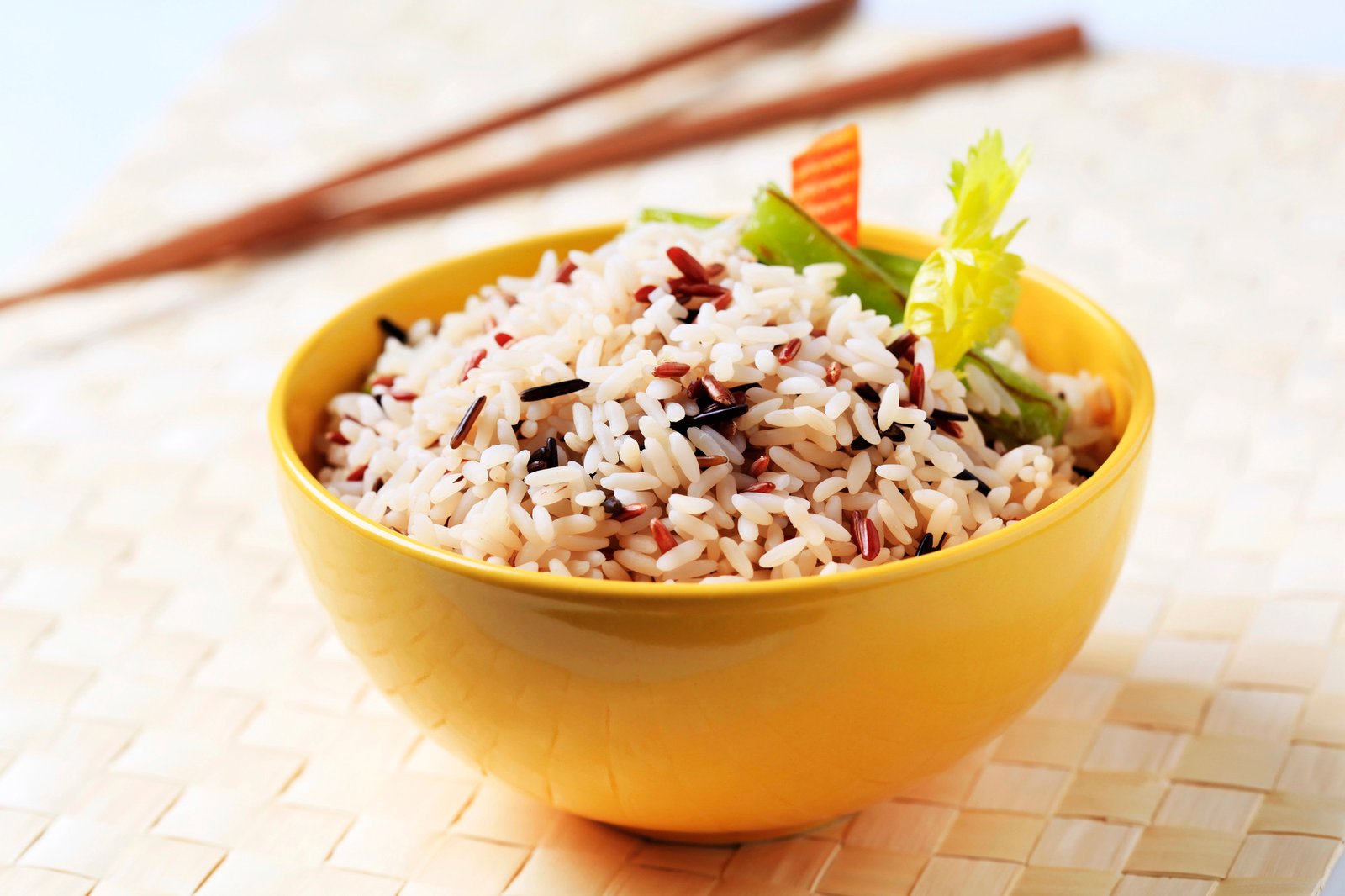
Rice varieties like black, red, and forbidden rice offer different tastes and health benefits. While black rice is rich in antioxidants, red rice has more fiber and nutrients. Forbidden rice is sweet and purple. However, in the United States, these kinds of rice aren’t as popular as white or brown rice.
Beluga Caviar
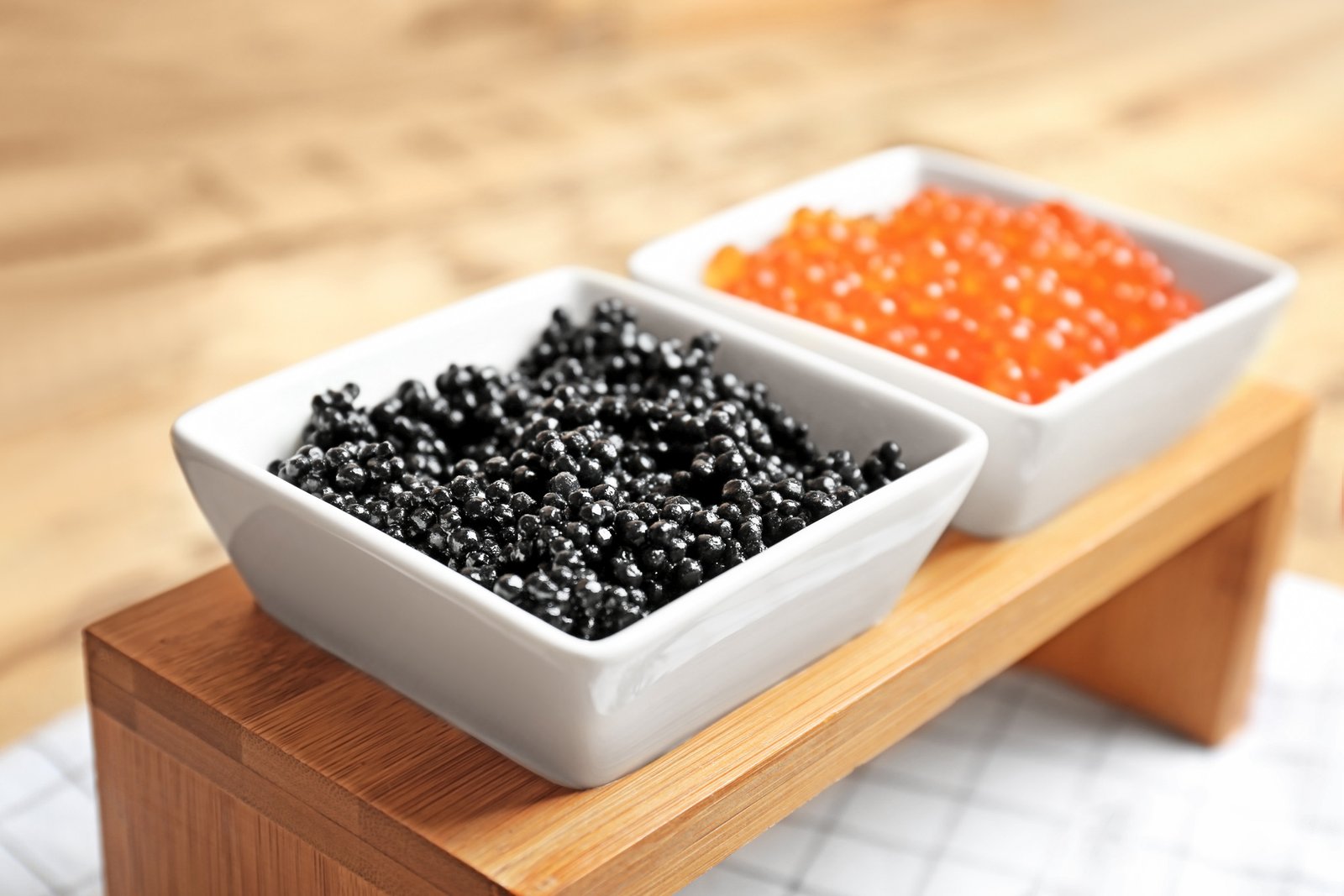
Beluga caviar, made from the eggs of the Beluga sturgeon, is renowned for its luxurious taste and association with wealth. However, due to overfishing and environmental damage, Beluga sturgeon populations are critically endangered. It has led to a ban on the importation and sale in the United States. Alternatives like Kaluga and Ossetra caviar are available.
Black Pudding
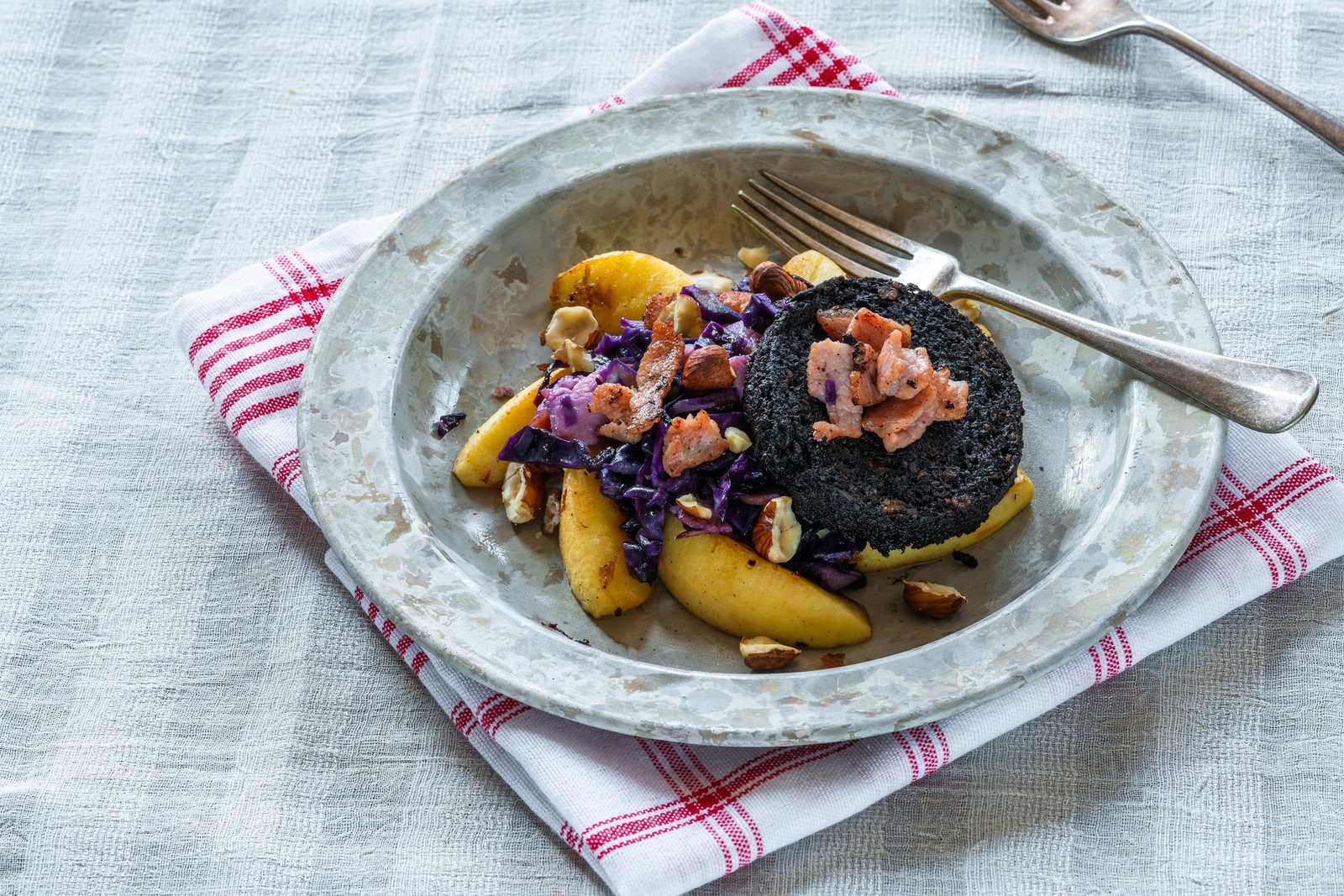
Black pudding is a British sausage made from pigs’ blood, oatmeal, and flavors. It’s a popular breakfast food in the UK but not well-known in the US. You won’t find it in most American supermarkets. That is because of restrictions on certain types which contain animal lungs. However, there are American-made versions approved by the USDA that you can get.
Japanese Egg Salad Sandwiches
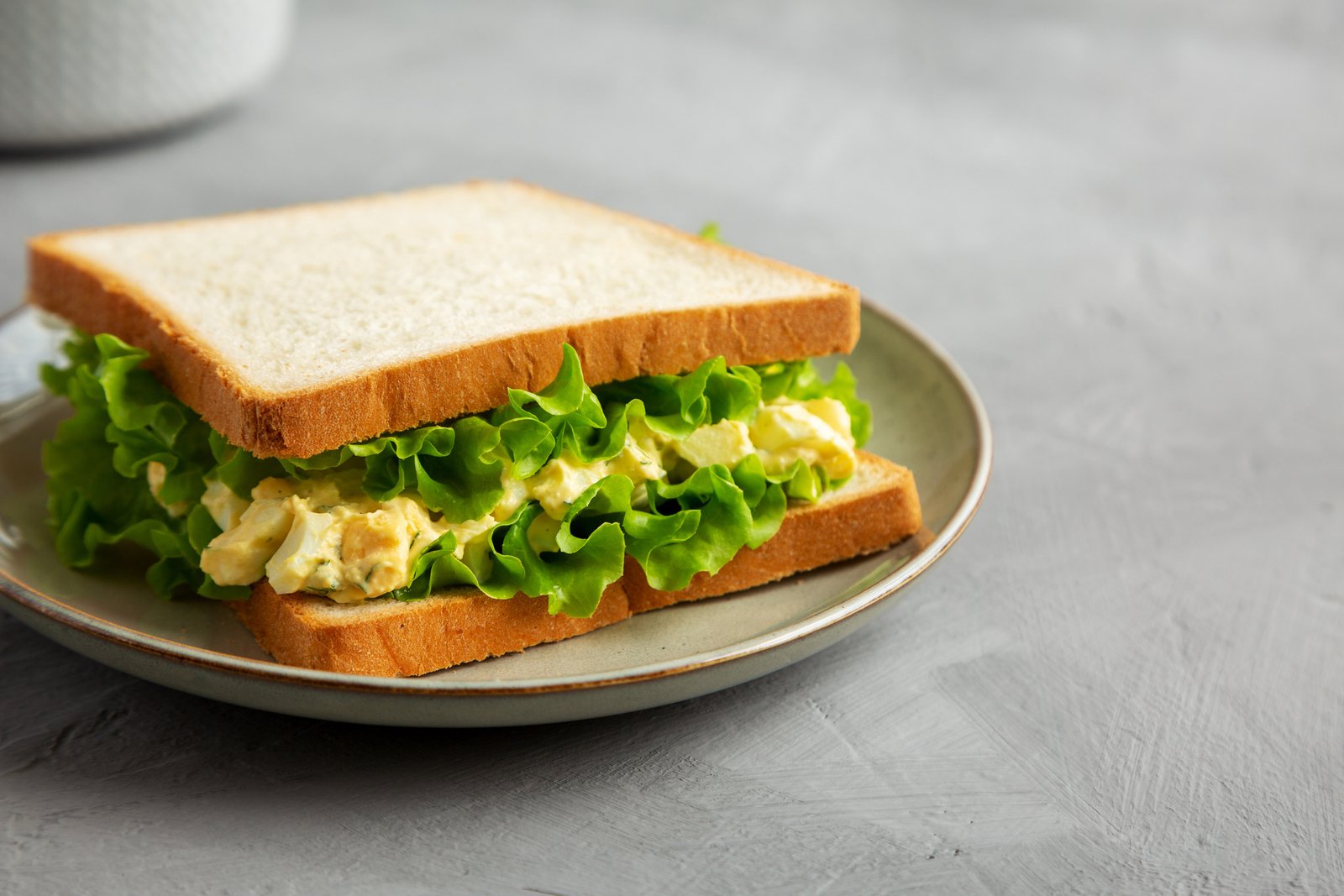
You must have had the American egg salad, but the smoother Japanese version is hard to find in the US. These are served between two slices of crustless, soft white bread. This creation is a favorite bite in Japan. However, you won’t find it in the United States easily.
Horse Meat

Horses hold a special place in American culture. They are valued more as companions than as food. Eating horse meat was common during World War II when other meats were scarce. It gradually became stigmatized over time. In 2007, federal funding for horse meat inspections was banned, prohibiting its sale.


